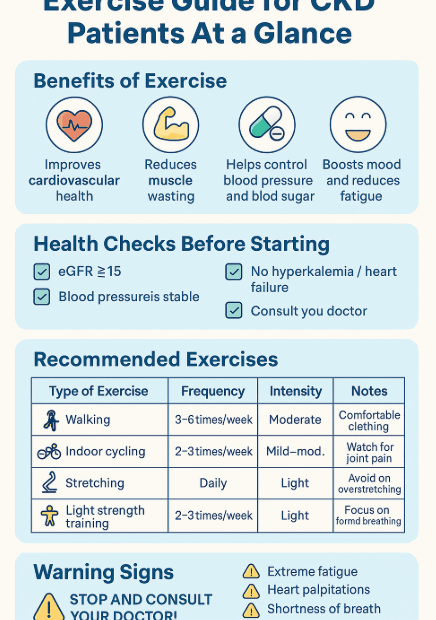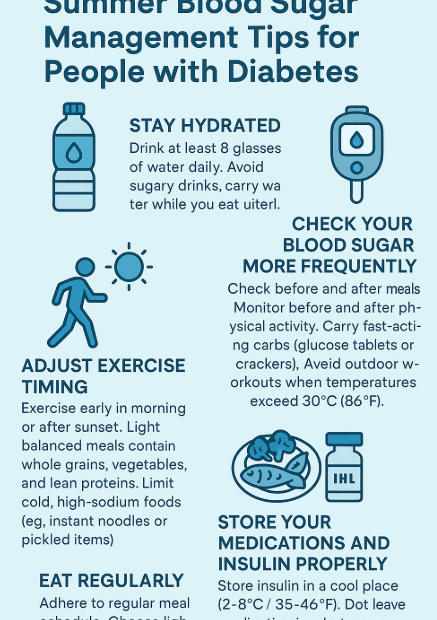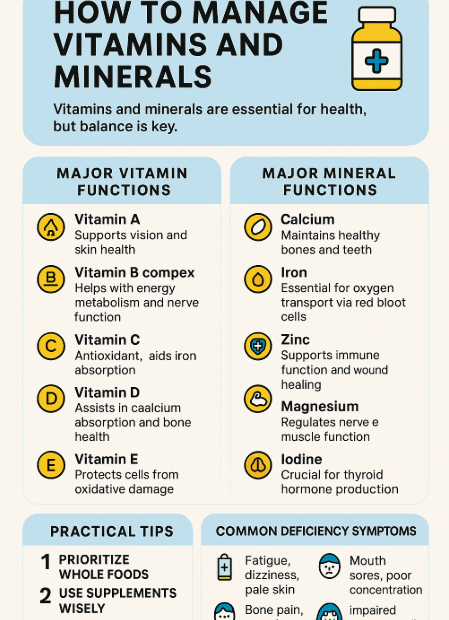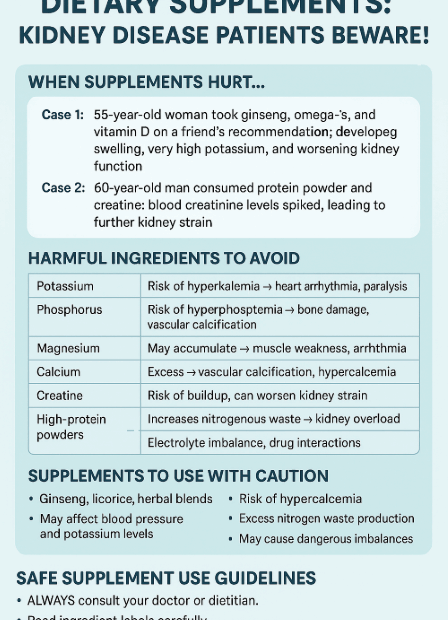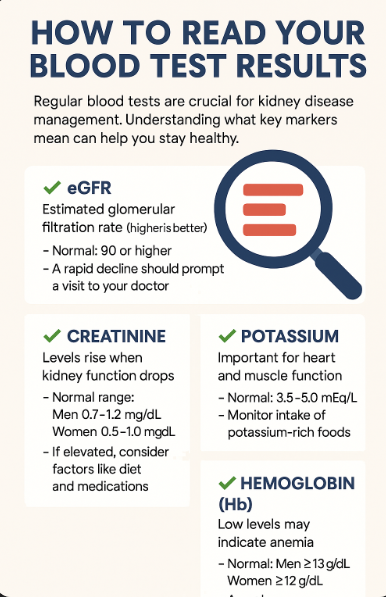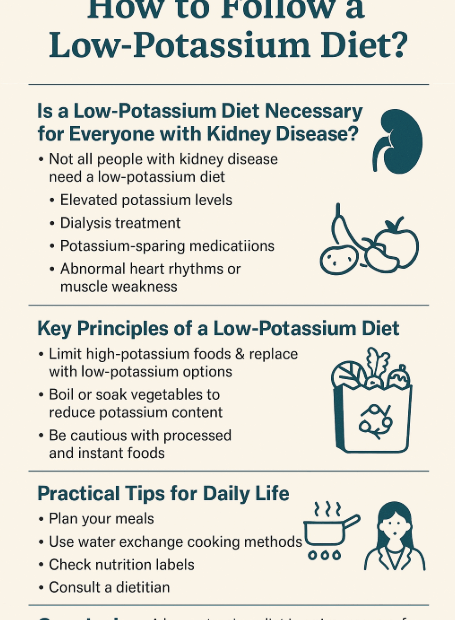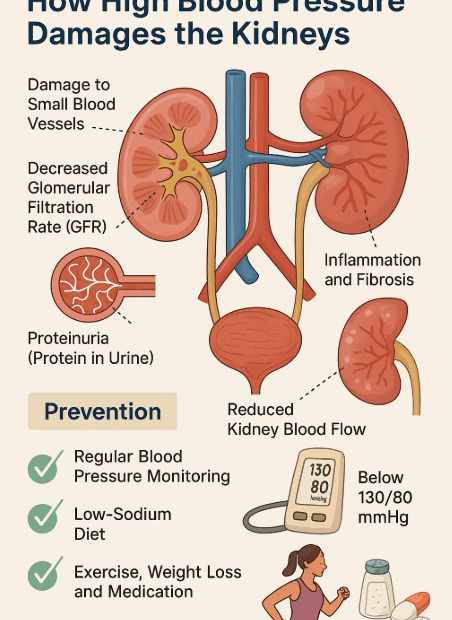Can CKD Patients Exercise? A Doctor’s Guide to Safe Physical Activity
Can CKD Patients Exercise? This is one of the most common questions I hear from patients: “Is it safe for me to exercise with kidney disease? What if it makes my condition worse?” The answer… Can CKD Patients Exercise? A Doctor’s Guide to Safe Physical Activity
